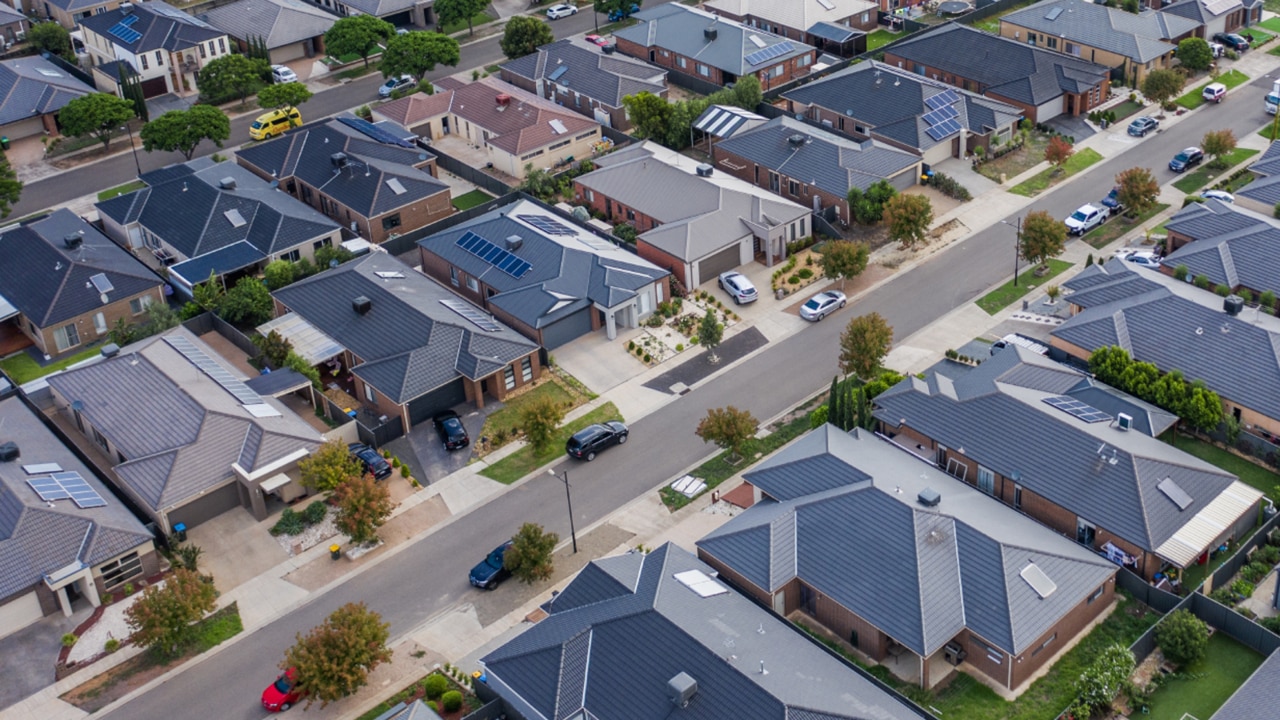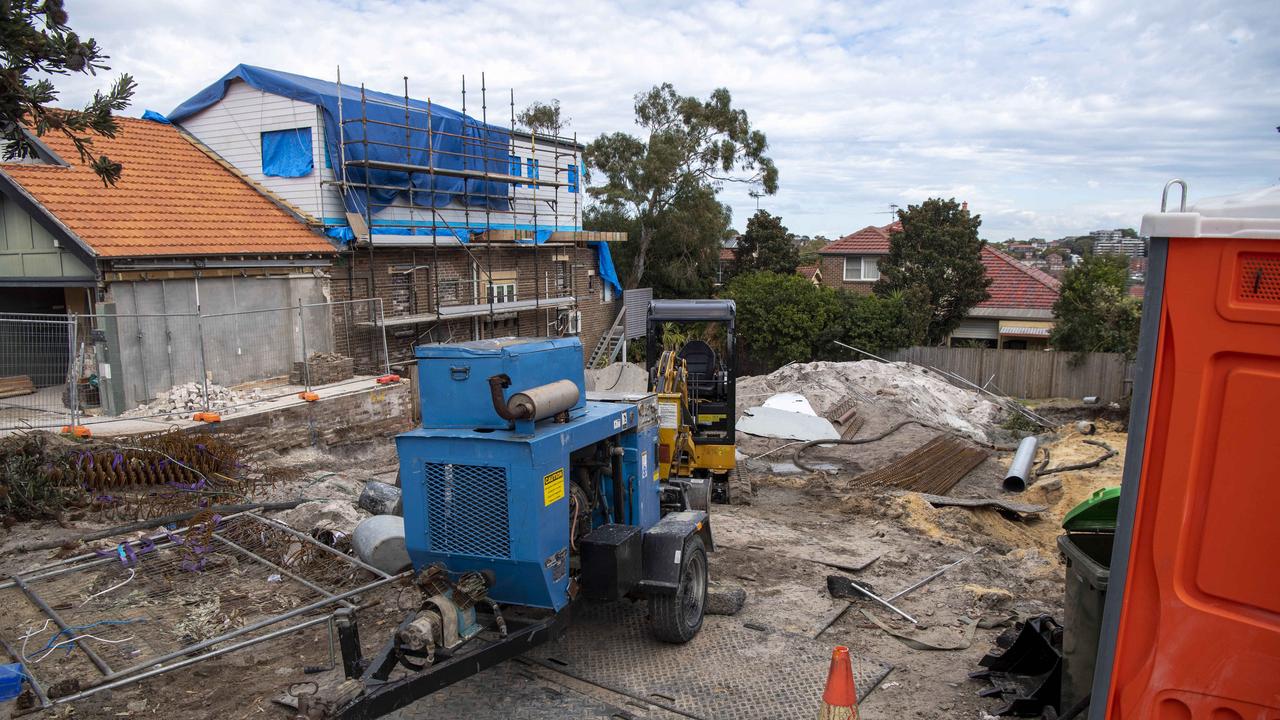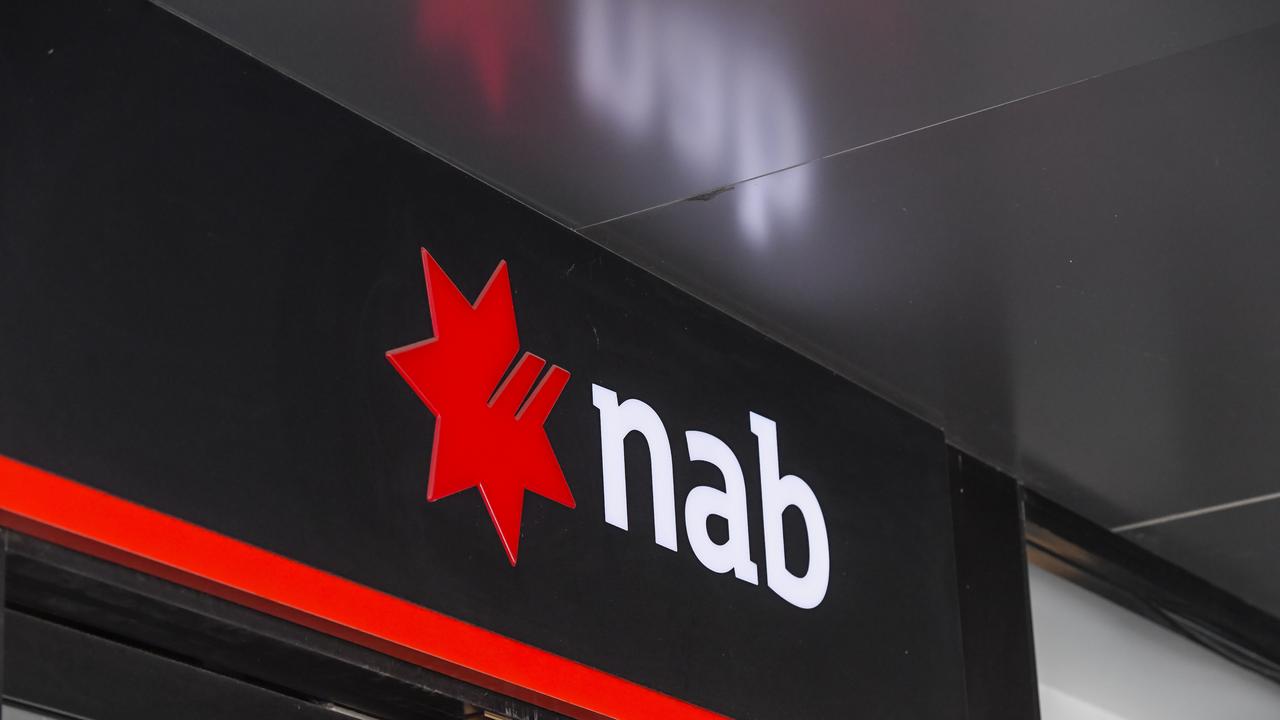ABS figures: Trend first-home buyers are ignoring
Despite the ongoing cost-of-living crunch and 12 interest rate hikes, more first-home buyers took out loans in September.

Banking
Don't miss out on the headlines from Banking. Followed categories will be added to My News.
First-home buyers have defied odds with new figures showing more took out mortgages in September despite the cost of living crunch.
Monthly new loan commitments for first-home owner-occupiers jumped 1.4 per cent over the month to $4.6bn, Australian Bureau of Statistics figures on Thursday showed.
Since the RBA began hike rates in May 2022, the amount a family with two children and a household income of $150,000 can borrow has plunged by 28 per cent to $623,400.

Loans to buy new residential land for owner-occupiers also fell 0.9 per cent, pointing to a further slowdown in the construction of new housing.
The more significant increase in the value of new investor borrowing in September, up 2 per cent to $9bn, pushed the aggregate value of new household borrowing higher.
However, the total number of new loans remained weak. The value of new housing finance approvals rose just 0.6 per cent, less than half of consensus forecasts for a 1.3 per cent increase.
Typically, changes to interest rates take about 12 to 18 months to flow through the economy to fully impact households and businesses. This delayed impact means that new home loans are expected to continue growing slowly in the coming months.
With bond markets pricing the odds of a further rate hike on Melbourne Cup Day at about 60 per cent, household borrowing power is expected to diminish further.

New dwelling approvals
Separate ABS figures on Wednesday revealed a decline in new dwelling approvals – a leading indicator of construction activity – with total dwelling approvals falling 4.6 per cent in September to 13,144.
While monthly figures can be volatile, the number of new dwelling approvals has fallen 20.6 per cent in the year to September.
Responding, NAB economists said while Australia’s soaring migration intake had reduced available dwellings, a structural shortage of housing supply existed before international borders reopened in 2022.
“The pressure in the housing market comes from a combination of the rapid rebuild in population – the level of the population is back to where a pre-pandemic trend would have pegged the population to be – and pandemic-induced changes in housing preferences which saw a decline in average household size,” NAB economist Tapas Strickland said.
In the last 12 months, Australia’s population grew by 600,000 while dwelling approvals hit just 167,000, below 2019 levels.

According to RBA analysis, average household sizes fell to about 2.5 people per dwelling between 2020 and 2022 and increased the total demand for new dwellings by 120,000.
At the same time there are signs the housing market recovery is continuing to gain momentum, making dwelling purchases more unaffordable.
On Wednesday, fresh house price data from CoreLogic covering Australia’s capital cities showed annual growth lifted to 6.8 per cent.
Annual price growth in Perth was the strongest, up 10.8 per cent, while Melbourne recorded the weakest increase, rising 2.4 per cent in the year to October.
“This week’s batch of housing updates point to clear tensions in the sector – prices seeing a sustained rise but volumes and new building remain much patchier,” Westpac senior economist Matthew Hassan said in a note to clients.
Originally published as ABS figures: Trend first-home buyers are ignoring






